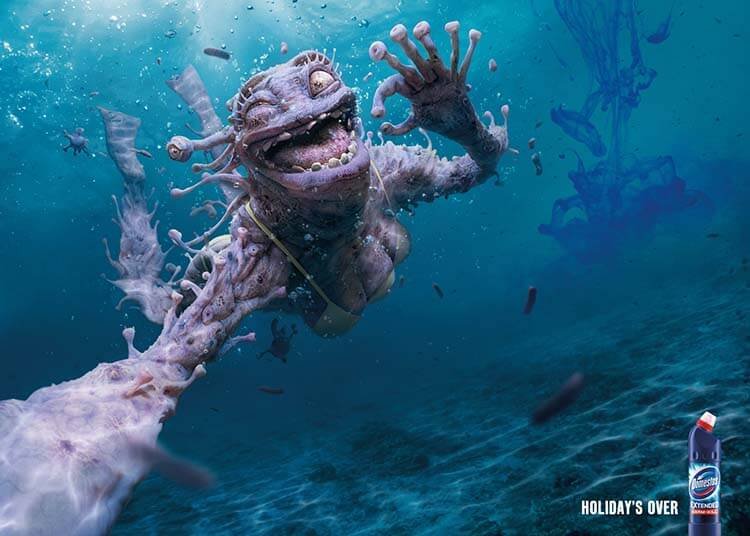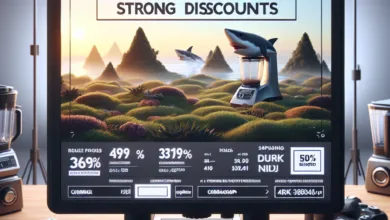How Did Stained Laundry Become The End of The World? Behind The Scenes of Cliche Ads

Let’s meet first
Hello, for those who don’t know, if I need to introduce myself, my name is Cem Solak. I have been a “strategist” in multinational advertising agencies for 16 years. In addition to Teknomanyak, I write articles in two sectoral publications that appeal to the professionals of the subject. After that, I will try to write as much as I can in my brother’s project Teknomanyak.
As Teknomanyak addresses a more general audience, I will write the topics that are interested in marketing, marketing communication and advertising from the outside.
I believe that many more valuable names will join us in this beautiful time. Let’s just say good luck.
Why are they doing this?
One of the first questions that comes to my mind is the thousand-year-old detergent, shampoo ads, etc. why is it so boring and unimaginative who watches them and gets the product?
To answer this question, we need to clarify what the ad is for. The main purpose of the advertising is not to entertain the audience, but to sell the product and sell it at a price that is as profitable as possible. For this, it must convince the consumer of the difference and performance of the product, and show that the customer understands and shares the same values. Of course, this should be done catchy and consistently. This means differentiating catchy brand and brand communication.
To achieve these goals, brand communications can use all elements of popular culture and a wide range of emotions. Brand communications sometimes make you laugh, sometimes touch, sometimes frighten, sometimes respect, sometimes excite and even shock.
The approach to which a marketing communication can choose depends on the brand, the product category, the state of competition, the consumer’s product, the motivation to use the service and the message you will forward.
What dramas are going on stains!
The products of the Fast Moving Consumer Goods (FMCG) group, which is the subject of this article (mostly household cleaning and personal care products), if the cliché and boring of the communication, the emotional consumer needs of the products in question and the message that can react in the context of this need. Relates to the tone of voice.
These products have been operating in markets where competition has been very intense since the day they first developed. It is vital for the brand to be able to sustain its lives by convincing the consumer to give the price you want to the brand in the categories where all competitors and even market brands work. Underlining the commodified products, which are not noticeably different, requires performance assertiveness and making the product visible and necessary.
The promise of performance (the removal of stains at one time, the protection of the machine from lime, killing all the germs, cleaning the most stubborn dirt, etc.) is of utmost importance in making the job complete, making it easy, not doing it again, and the feelings that convey this claim are self-confidence and authority.
They want to demonstrate that they are fulfilling their promises in the toughest conditions at the expense of being boring and absurd.
This is why giant balls are circulated in the city, egg shells are kept in vinegar and brushed with toothpaste, mother-in-love looks the bride with angry eyes or children rounded in muds.
Or tulle curtains darken because our woman connects land and all the neighbors condemn them “pink” angels appear at the door or the old mechanic how you have made this machine, lime in the eyes of our woman passes through the floor.
The purpose of all this is to make the scale of the problem that the product has to solve, to make the situation dramatic and vital. The more vital the issue becomes, the stronger the sense of authority that will be created by the product and the consumer’s hand may go further with peace of mind.
Even Aunt Ayşe for us?!…
If you say, “Year 2018 is still doing these ads” it’s a separate issue. In the years when this demo oriented effective focused consumer goods advertising was evolving (from 1950-80 roughly), all visualization mechanisms were truly creative and effective.
Who would have thought to brush your eggshell with a toothpaste after you put it in a vinegar?
But, of course, as in the revolutionary approach, innovation has been dogma in time and such advertising has broken away from the spirit of time and consumer reality, becoming cliché, old-fashioned, sexist, and much more critical.
Visualization of performance, the need to feel a sense of authority in the categories in question today, there will be in the future. Only the methods of this shouldn’t be behind time.
Today, you can show your performance and assertion in a much more creative way with the technology, and with the power of social media communications, you can make your consumers become volunteer ambassadors of your brand and you can do a lot of things that won’t come to mind yesterday.
But the basic issue is still unchanged, you need to know which motivation to relate to what motivation to associate your product.







